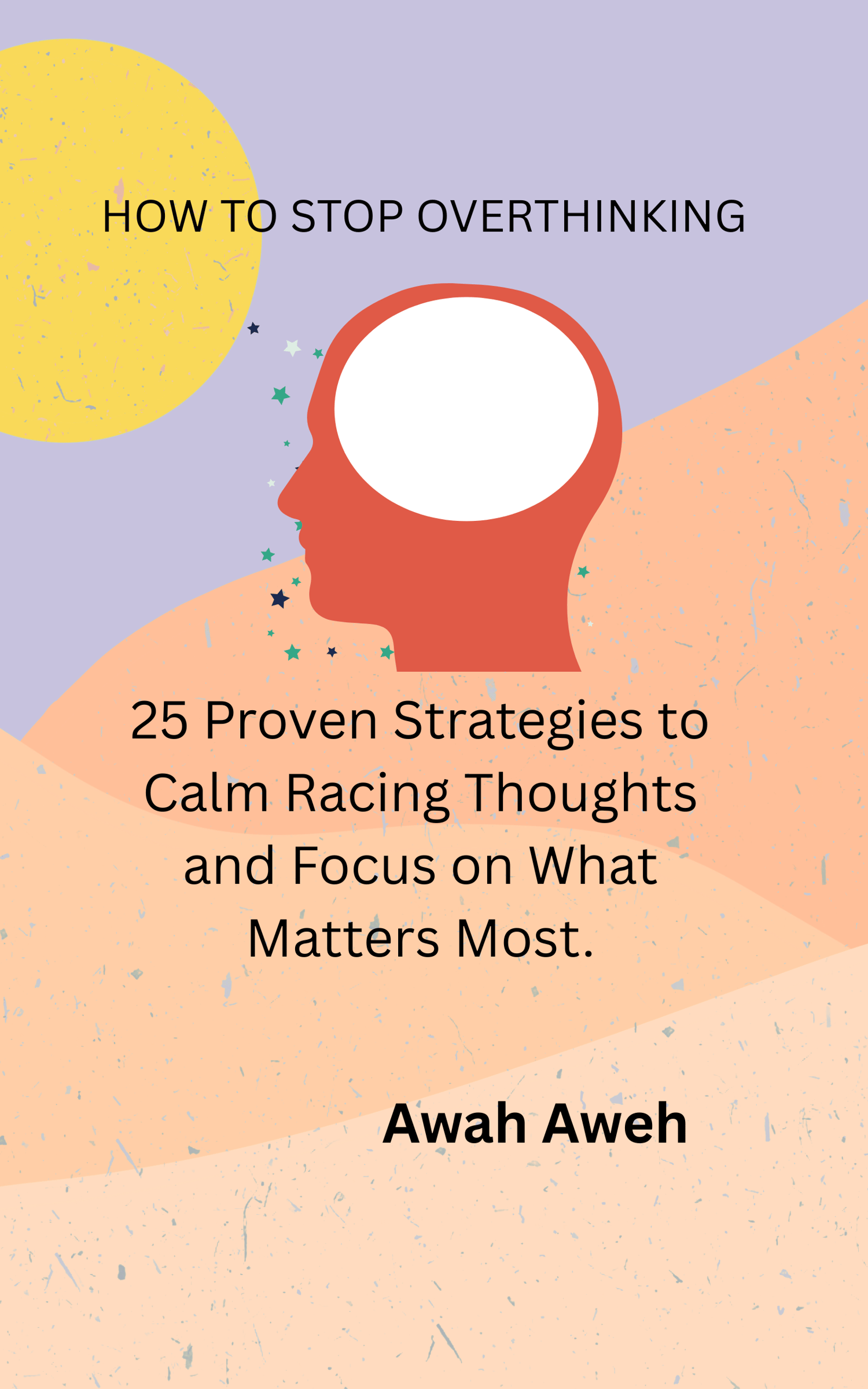Building resilience is essential for both individuals and organizations to thrive through challenges.
Here’s a comprehensive guide that outlines the specifics of enhancing resilience, aimed at attracting readers and businesses alike.
1. Understanding Resilience
What It Is:
Resilience is the ability to bounce back from adversity, adapt to change, and keep going in the face of challenges.
Why It Matters:
For individuals, resilience leads to better mental health and well-being. For businesses, it fosters innovation, employee satisfaction, and sustainability.
2. Key Components of Resilience
A. Emotional Regulation
- What to Do: Develop skills to manage emotions.
- When: Daily practice.
- How: Use techniques like mindfulness, journaling, or therapy to recognize and regulate emotions.
B. Positive Relationships
- What to Do: Build a support network.
- When:Start immediately and nurture continuously.
- How: Engage in social activities, network within your industry, and maintain regular communication with friends and family.
C. Problem-Solving Skills
- What to Do: Enhance critical thinking and decision-making abilities.
- When: Whenever faced with a challenge.
- How: Practice brainstorming sessions, engage in group discussions, and take part in workshops focusing on problem-solving.
3. Practical Strategies for Building Resilience
A. Create a Resilience Plan
- What to Do: Outline steps to take during a crisis.
- When: Prepare this plan before facing challenges.
- How: Identify potential challenges, list strategies for coping, and involve team members for input.
B. Foster a Growth Mindset
- What to Do: Encourage a culture of learning.
- When: Continuously, in both personal and professional settings.
- How : Share stories of overcoming failures, encourage feedback, and celebrate small wins.
C. Prioritize Self-Care
- What to Do: Engage in physical and mental wellness activities.
- When: Daily, with weekly reviews.
- How: Schedule regular exercise, ensure adequate sleep, and allocate time for relaxation and hobbies.
4. Engaging the Workplace
A. Training Programs
- What to Do: Implement resilience training for employees.
- When: Annually or bi-annually.
- How: Hire experts or utilize online platforms to conduct workshops focusing on resilience-building strategies.
B. Leadership Development
- What to Do: Train leaders to model resilience.
- When: Ongoing, with regular assessments.
- How: Provide leadership courses that emphasize emotional intelligence and adaptability in crisis situations.
C. Feedback Mechanisms.
- What to Do: Establish a culture of open feedback.
- When: Regularly, through formal and informal channels.
- How: Use surveys, suggestion boxes, and one-on-one meetings to gather input from employees.
5. Measuring Resilience
A. Assessments
- What to Do: Use resilience assessment tools.
- When: At the start and end of resilience training programs.
-How: Implement validated surveys or questionnaires to evaluate individual and organizational resilience levels.
B. Continuous Improvement
- What to Do: Review and adjust resilience strategies.
- When: Quarterly or after major challenges.
- How: Analyze feedback, assess performance metrics, and iterate on the resilience strategies based on outcomes.
Building resilience is a multidimensional process that requires commitment and ongoing effort. By understanding its components, implementing practical strategies, and fostering a supportive environment, both individuals and organizations can not only survive but thrive through challenges. This proactive approach not only enhances well-being but also drives business success, making it an attractive proposition for readers and businesses alike.






.jpg)





.png)


No comments:
Post a Comment